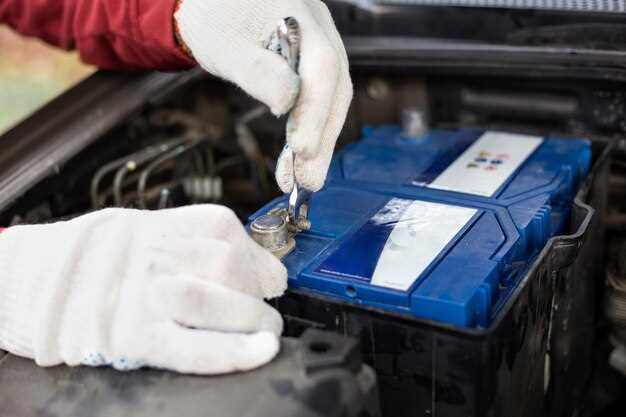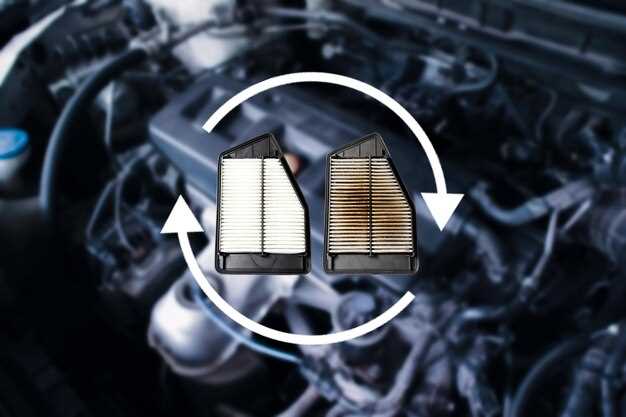
Replacing the battery in a Toyota hybrid vehicle is a significant task that requires careful consideration and understanding of the specific service procedures involved. Given the complexity of hybrid systems, it is essential for vehicle owners to familiarize themselves with the guidelines to ensure a smooth and efficient battery replacement process.
The hybrid battery serves as the powerhouse for the vehicle, affecting performance, fuel efficiency, and overall functionality. Toyota has developed specific protocols to guarantee that the replacement battery functions optimally within the hybrid system. Understanding these guidelines is crucial for both professional mechanics and DIY enthusiasts alike.
When planning a battery replacement, it is important to source a quality replacement unit, whether it’s OEM or high-quality aftermarket. Proper disposal of the old battery must also be adhered to, aligning with safety protocols and environmental regulations. This article will provide comprehensive insights into the steps required for replacing Toyota hybrid batteries effectively, ensuring reliability and longevity in your vehicle’s performance.
Assessing the Need for Battery Replacement in Toyota Hybrids

Evaluating whether to replace the battery in your Toyota hybrid is essential for maintaining optimal vehicle performance. One of the first signs indicating potential battery issues is a decrease in fuel efficiency. If you notice your vehicle is not achieving the same mileage as before, it may be time to have the battery assessed.
Another critical factor to consider is the age of the hybrid battery. Typically, Toyota hybrid batteries can last between 8 to 10 years. If your battery is approaching this age, even if performance seems adequate, it might be prudent to schedule a service assessment to determine its health and efficiency.
Additionally, any unusual warning lights on the dashboard should not be ignored. The presence of a hybrid system warning light may suggest that the battery is malfunctioning. In such cases, promptly visiting a specialized service center can provide necessary diagnostics.
Pay attention to the overall performance of your hybrid vehicle. If you experience reduced power during acceleration or notice frequent battery charging cycles, these could signify battery degradation. Regular maintenance checks can assist in identifying these issues early, ensuring that your Toyota continues to operate smoothly.
Finally, consider seeking professional advice if you are unsure about the battery’s condition. Technicians trained in Toyota hybrid systems have the tools and knowledge to evaluate the battery’s performance accurately and recommend whether replacement is necessary. Keeping an eye on these indicators can help extend the life of your vehicle and maintain its efficiency.
Step-by-Step Process for Replacing a Hybrid Battery

Replacing a Toyota hybrid battery requires careful attention to detail and adherence to safety protocols. Ensure you have the necessary tools and equipment before beginning the process.
First, park the vehicle on a level surface and engage the parking brake. Turn off the ignition and remove the key. Wait for at least 10 minutes to allow any residual electrical charge to dissipate. This step is crucial for ensuring personal safety during the replacement.
Next, disconnect the negative terminal of the 12V battery. This prevents any electrical issues while replacing the hybrid battery. Use a socket wrench to loosen the terminal clamp, then remove the cable.
Access the hybrid battery by removing the covering panels in the trunk or rear seat area, depending on the Toyota model. Use a screwdriver to carefully unfasten any screws or clips holding the panels in place. Take care to store these components safely for reassembly.
Once the panels are removed, locate the hybrid battery pack. There may be multiple connectors and bolts securing the battery in place. Use a socket wrench to remove any bolts, and disconnect any wiring harnesses attached to the battery. Label the connections if necessary, to ensure they are reattached correctly.
Carefully lift the hybrid battery out of its compartment. Hybrid batteries can be heavy, so consider using a jack or lift to assist with the removal. Ensure you have adequate support to avoid injury.
After removing the old battery, place the new Toyota hybrid battery into the compartment. Secure it with bolts and reconnect any wiring harnesses. Double-check all connections to confirm they are tight and properly seated.
Reinstall the panels that were removed, ensuring everything is securely fastened. Reconnect the negative terminal of the 12V battery, ensuring it is tightly clamped.
Finally, start the vehicle to test the new hybrid battery. Monitor any dashboard warning lights, ensuring they do not indicate issues related to the battery installation. If all operates smoothly, dispose of the old battery according to local regulations.
Choosing Between OEM and Aftermarket Batteries for Your Toyota Hybrid
When it’s time to replace the battery in your Toyota hybrid, one of the crucial decisions you’ll face is whether to choose an OEM (Original Equipment Manufacturer) battery or an aftermarket option. Both choices have distinct advantages and disadvantages that can significantly impact your vehicle’s performance and longevity.
OEM Batteries are specifically designed to meet the exact specifications set by Toyota for its hybrids. These batteries are manufactured by the same company that produces the original battery installed in your vehicle. Selecting an OEM battery ensures compatibility and reliability, which is essential for maintaining optimal performance. Additionally, OEM options often come with a warranty, providing peace of mind regarding quality and durability.
On the other hand, Aftermarket Batteries can offer a more budget-friendly solution. These batteries are produced by third-party manufacturers and can vary in quality and performance. While some aftermarket batteries may perform adequately and come at a lower price point, others may not meet the rigorous standards established by Toyota. This variance can lead to issues such as decreased performance, shorter lifespan, or even damage to the hybrid system.
It’s important to consider your vehicle’s needs and your budget when making this choice. If you prioritize reliability and longevity, an OEM battery might be the better option. However, if you’re looking to save on costs and are willing to research reputable aftermarket brands, you may find a suitable alternative.
In conclusion, when you choose between OEM and aftermarket batteries for your Toyota hybrid, weigh the benefits of reliability against cost considerations. Consult with a certified service technician to help you make an informed decision that best suits your vehicle’s needs.
